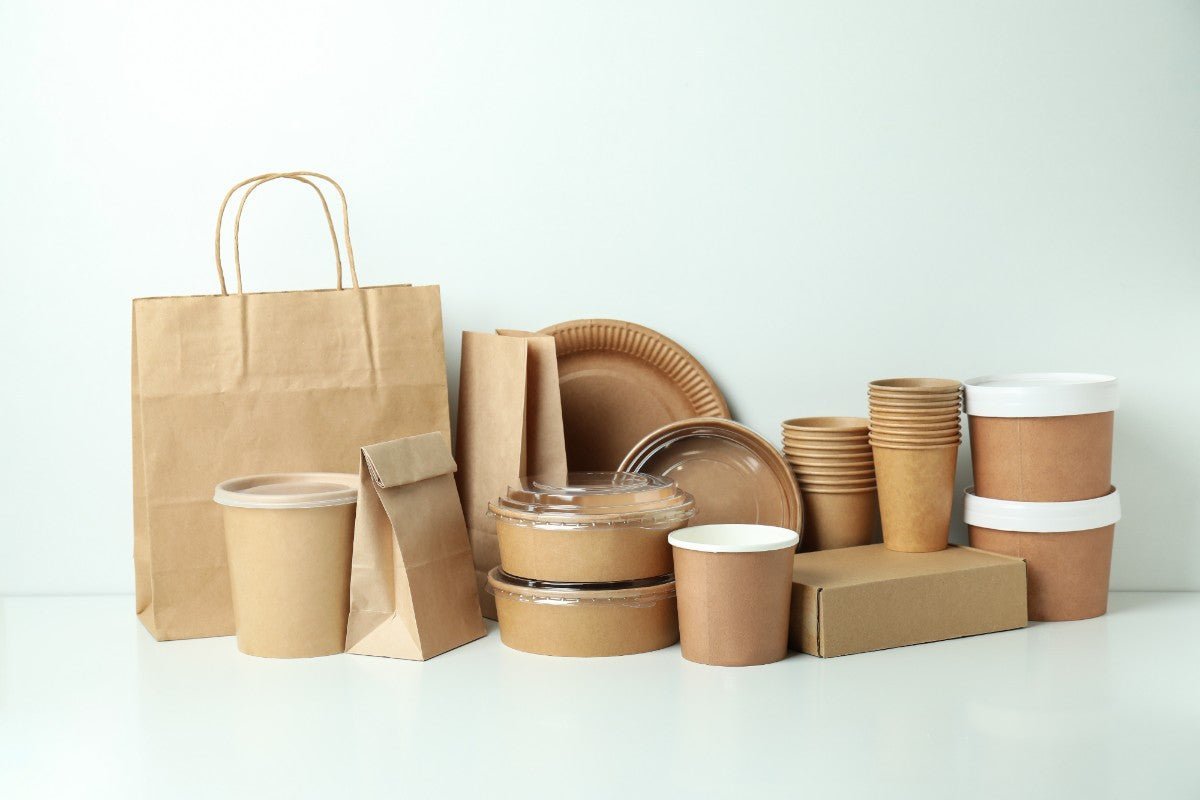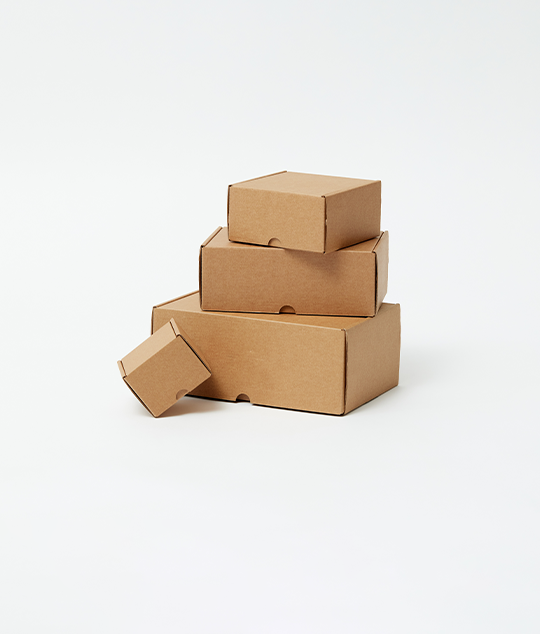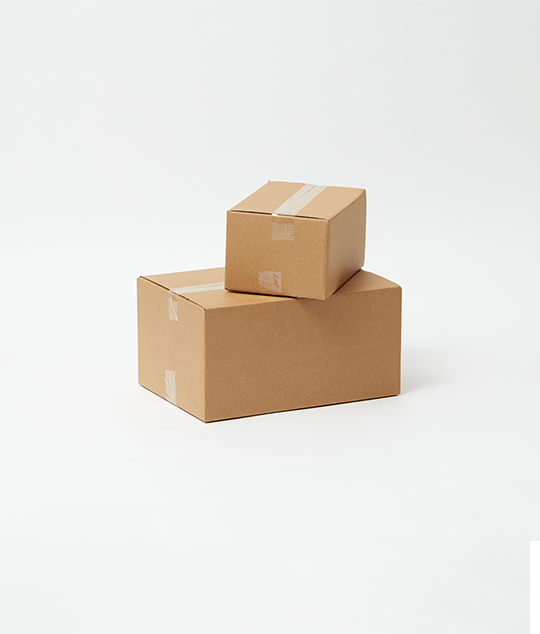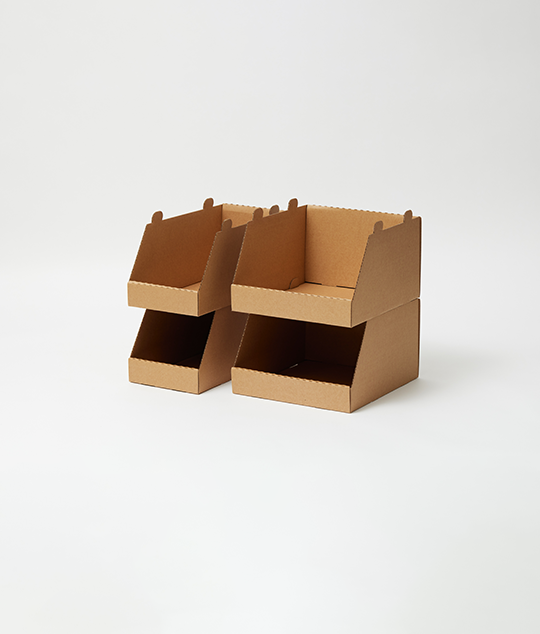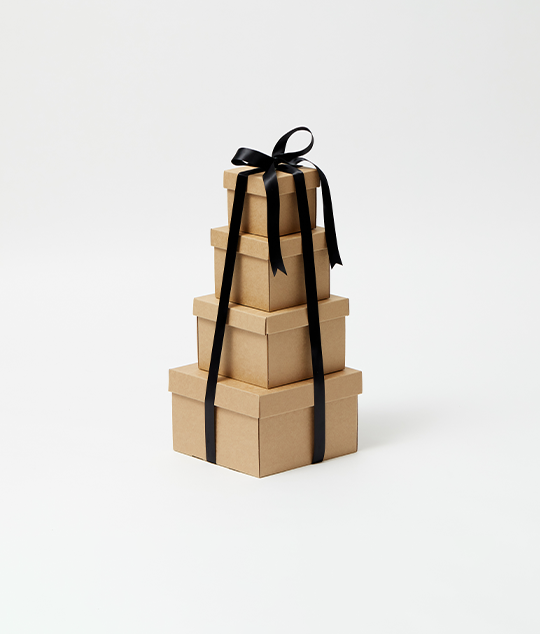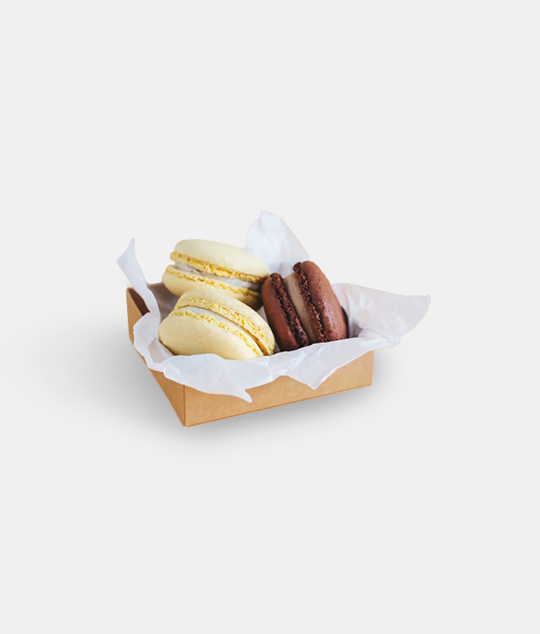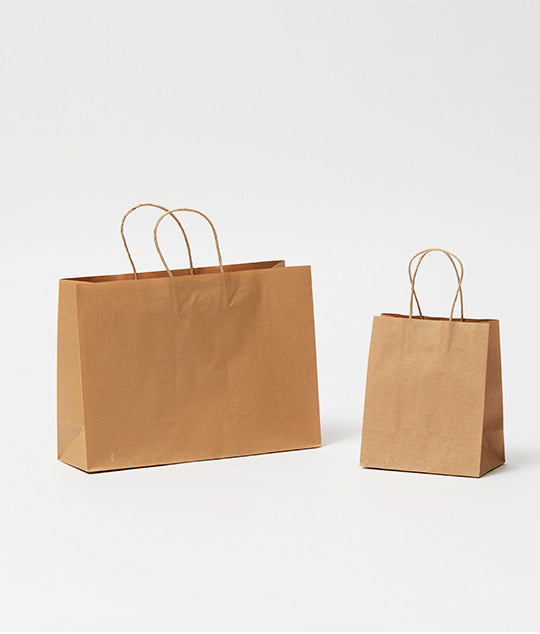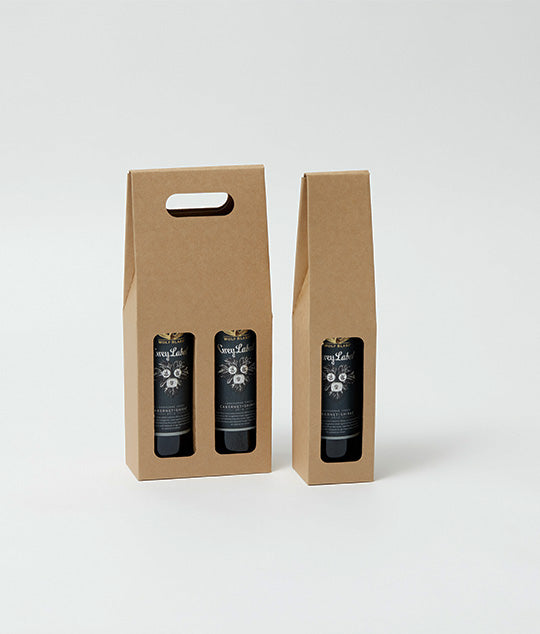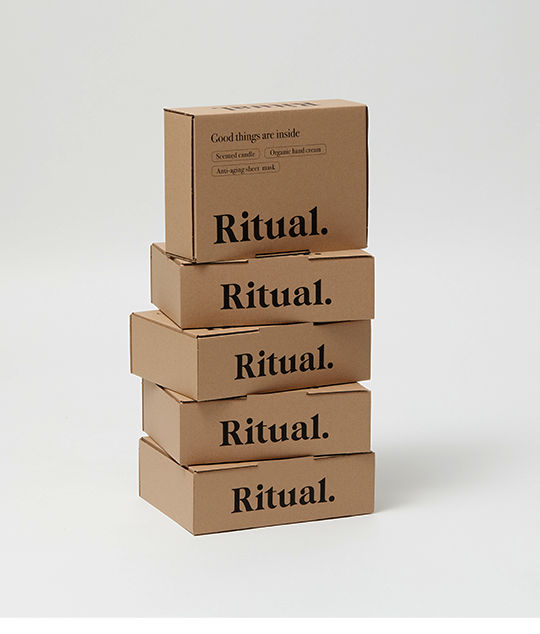Biodegradable food packaging is more than a trend—it's a smart, sustainable business move. This guide explores how to make biodegradable food packaging, the materials involved, and why switching to eco-conscious options is essential for your brand and the planet.

Key Takeaways:
- Biodegradable food packaging is made using natural materials like cornstarch, cellulose, and sugarcane pulp that break down safely in the environment.
- Simple, small-batch production of eco-friendly packaging can be done at home or at scale using moulds and heat-press techniques.
- Switching to environmentally friendly packaging not only reduces waste but also enhances your brand’s sustainability image with customers.
Why Switch to Biodegradable Food Packaging Materials
Understanding what biodegradable food packaging is starts with recognising the environmental toll of traditional plastics. Petroleum-based packaging contributes heavily to carbon emissions and pollution. As sustainability becomes a global priority, biodegradable food packaging offers a responsible alternative—one that aligns with consumer expectations and reduces your ecological footprint.
The Environmental Impact of Plastic Packaging
Plastic doesn't just clutter landfills—it leaches harmful chemicals and persists for centuries. The food industry, a major contributor to plastic waste, is now being reimagined through eco-friendly packaging solutions like plant-based plastics and compostable alternatives.
Consumers Demand Eco-Friendly Packaging
66% of global consumers prefer eco-conscious products, and this preference is driving market shifts. The biodegradable food packaging industry, worth $4.65 billion in 2023, is projected to reach $12.06 billion by 2025. Businesses that prioritise eco packaging are better positioned to win customer trust and loyalty.
What Is Biodegradable Food Packaging?
Biodegradable food packaging refers to containers and materials that break down naturally without harming the environment. These include cornstarch-based plastics, seaweed wrappers, and packaging made from mushroom roots or bagasse (sugarcane fibre). Their appeal lies in both their eco-friendly nature and functional strength.
How to Make Biodegradable Food Packaging
Making biodegradable food packaging involves three key steps:
- Sourcing raw materials – Cornstarch, mycelium, bagasse, or seaweed.
- Processing and moulding – Using solvent extraction and eco-safe techniques.
- Testing and certification – Ensuring safety, durability, and compostability.
These steps transform renewable inputs into sustainable packaging solutions that meet both environmental and business goals.
Top Materials for Biodegradable Packaging
A variety of biodegradable materials are now being used in food packaging, each offering unique benefits for businesses focused on sustainability:
| Material | Key Benefits |
| Cornstarch | Derived from renewable crops, cornstarch is affordable, compostable, and easy to mould into trays and containers. |
| Mushroom Packaging | Grown from agricultural waste and mycelium, mushroom packaging is lightweight, home-compostable, and great for protective packaging. |
| Sugarcane Bagasse | A by-product of sugar production, bagasse is durable, heat-resistant, and ideal for hot food takeaway containers. |
| PLA (Polylactic Acid) | Made from fermented plant sugars, PLA is transparent, food-safe, and commonly used in clear cups and lids. |
| Cellulose | Extracted from plant cell walls, cellulose is biodegradable, breathable, and often used as a wrap or film for baked goods. |
Each material offers an eco-conscious alternative to traditional plastics while supporting functionality and food safety.
Biodegradable Packaging: Functional Properties
Biodegradable packaging offers a range of functional benefits that make it a strong alternative to traditional plastics. Its performance is driven by several key properties:
- Tensile Strength: Ensures durability under pressure and during handling.
-
Water Vapour Permeability: Maintains optimal moisture levels to protect food quality.
-
Oxygen Barrier: Helps to reduce oxidation and spoilage in packaged items.
- Antimicrobial Attributes: Inhibits bacterial growth, enhancing food safety.
Together, these properties not only support sustainable practices but also ensure that packaging meets rigorous food safety standards while extending product shelf life.
Manufacturing Process of Biodegradable Food Packaging
The process of creating biodegradable food packaging involves several environmentally friendly stages:
-
Sourcing: Raw materials such as cornstarch, seaweed, or mushroom roots are carefully selected for their renewability.
-
Processing: Materials undergo solvent extraction or pulping to isolate usable fibres.
-
Moulding & Forming: The extracted materials are shaped into packaging using moulds or extrusion techniques.
-
Drying & Curing: Products are dried to set their form and enhance structural integrity.
- Testing & Certification: Rigorous tests confirm the packaging’s safety, durability, and compostability before it receives final labelling.
This holistic process minimises waste and maximises environmental benefits.
The Future of Food Safety & Shelf Life
Biodegradable food packaging is becoming more than just an eco-friendly alternative—it’s also contributing to improved food safety and extended shelf life. With ongoing innovation, packaging is now being designed to preserve freshness, minimise contamination, and extend product viability. Key advancements include:
- Compostable films with oxygen and moisture barriers
- Natural antimicrobial coatings to reduce bacterial growth
- Grease- and water-resistant linings for liquid or oily foods
- Modified Atmosphere Packaging (MAP) using plant-based materials
- Smart sensors that indicate spoilage or temperature changes
These developments help meet both environmental and food safety standards, making biodegradable packaging more commercially viable for long-term use.
Pros and Cons of Biodegradable Food Packaging
Adopting biodegradable food packaging comes with notable advantages, along with some challenges.
Pros:
- Made from renewable resources and are naturally decomposable.
- Reduces dependency on fossil fuels and minimises environmental impact.
- Enhances brand reputation among eco-conscious consumers.
Cons:
- Often requires specialised industrial composting facilities for effective degradation.
- Production costs can be higher compared to conventional plastics.
- May have limitations in durability and shelf life under extreme conditions.
Balancing these factors is key to integrating biodegradable packaging into sustainable business practices.
Innovations in Biodegradable Food Packaging
Recent breakthroughs in biodegradable packaging include the use of agricultural waste, seaweed-based films, and mushroom mycelium moulds. These materials not only decompose quickly but are also biodegradable in home composting environments, offering added convenience.
Smart packaging technologies are being integrated with biodegradable materials—like edible labels or sensors that detect spoilage. Researchers are also developing nano-coatings derived from natural substances to improve barrier properties without harming compostability.
These innovations are pushing the limits of what sustainable food packaging can achieve, combining functionality, food safety, and environmental responsibility.
Looking Ahead: Recycled Plastics & Hybrid Materials
While fully biodegradable materials are ideal, hybrid packaging solutions that combine recycled plastics with natural fibres are gaining traction. These options allow for a reduction in virgin plastic use while maintaining durability and moisture resistance. Some emerging solutions blend biopolymers with post-consumer recycled content, offering a compromise between performance and sustainability. Recycled plastic technologies are also improving, enabling more food-safe applications.
As regulations tighten and consumer demand shifts, hybrid and recycled material packaging will play a transitional role in the industry’s path toward full circularity.
FAQs
What is biodegradable food packaging?
Packaging made from renewable materials that naturally decompose, such as cornstarch, mushroom roots, or seaweed.
How to make biodegradable food packaging at home?
You can use ingredients like cornstarch and gelatin to mould basic food-safe containers. For commercial use, consider scalable processes involving PLA or bagasse.
What is the most eco-friendly packaging?
Options like cornstarch or seaweed-based packaging that leave no toxic residue and are compostable.
Example of biodegradable food packaging?
Cornstarch-based trays or mushroom-root clamshells used for takeaway meals.
Final Thoughts: Shaping the Future with Sustainable Packaging
The shift towards biodegradable food packaging isn't just about the environment—it's about brand relevance, customer loyalty, and long-term profitability. With natural materials, simple processes, and innovative designs, businesses can meet market demand while leading the way in sustainability.
Contact a PackQueen expert today to find the perfect biodegradable food packaging solution for your needs.
